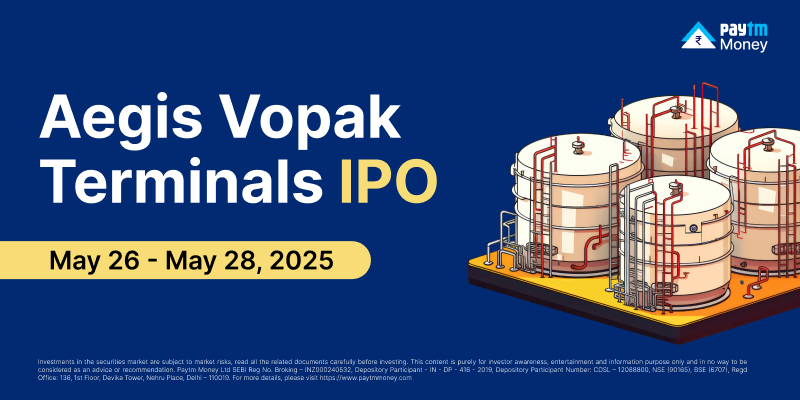What Exactly Is Oversubscription In An IPO?3 min read
One can say that an IPO oversubscribed when the number of shares that investors want to purchase is higher than the number of shares that are available on the stock exchanges. To coin it simply, oversubscription occurs when the number of shares supplied by a company is not enough to meet the demand.
Let’s say a company comes up with an IPO that offers 10 lakh shares to Retail Investors and 50,000 investors apply for 100 shares each – the total requirement here is 50 lakh shares whereas there are only 10 lakh shares available. Hence, the issue is said to be oversubscribed 5 times in the Retail Investor segment.
Contents
Latest Oversubscribed Issues
1. The initial public offering (IPO) of Sequoia Capital-backed Indigo Paints opened for subscription on January 20 and was oversubscribed within a few hours itself.
2. The Rs 4,633-crore IPO of the Indian Railway Finance Corporation (IRFC), which closed its IPO on January 20 was oversubscribed on the third and final day of bidding.
IRFC IPO subscribed 3.49 times on the final day.
The issue was subscribed 1.22 times by the end of the second day of bidding, and 65% at the end of the first day.
What does SEBI have to Say
According to SEBI guidelines, if an IPO is oversubscribed in the retail category, the shares are to be allotted in a manner that ensures that every retail bidder gets at least one minimum lot. The remaining shares, if any, are then allotted on a pro-rata basis.
What Investors get if an IPO is Oversubscribed
In the case of a Retail Individual Investor, an IPO doesn’t get over-subscribed, here there is full allotment to all applicants if at all an IPO is oversubscribed in the RII category.
For a small oversubscription, each successful applicant would first be allotted 1 lot of shares and the balance shares shall be allotted proportionately the over-subscription is so large that each successful applicant cannot even be allotted 1 lot of shares, then 1 lot is allotted by lucky draw using a computer.
Individual investors, NRI’s, companies, trusts, etc who bid for more than Rs 2 lakhs are known as non-institutional bidders. Here in the case of NII allotment is proportionate. For example, if the IPO is subscribed 100 times in the NII category, investors who applied for 100 shares will get 1 share.
Financial Institutions such as Banks, FII’s, Insurance Companies, and Mutual Funds who are registered with SEBI are called QIB’s. They usually apply in very high quantities. 50% of the Offer Size is reserved for QIB’. QIB’s are prohibited by SEBI guidelines to withdraw their bids after the close of the IPOs. They are also not eligible to bid at cut-off price.
What does an Oversubscription mean to the Company
An oversubscription of an IPO often could mean that there are investors who are eager to buy the company’s shares, leading to a higher IPO price and/or more shares offered for sale.
However, an oversubscribed issue may not always mean the market will support the higher price for long, as the demand must eventually reconcile.
When an IPO is oversubscribed, companies can further offer more of the securities, raise the price of the security, or decide a combination of the two to meet demand and raise more capital in the process. This means that they can raise more capital and on better terms.
Conclusion
A process in which investors have expressed an interest in buying more shares of new security than will be available. Under this condition, the price of the security has a greater likelihood of opening higher in the secondary market than is the offering price.




